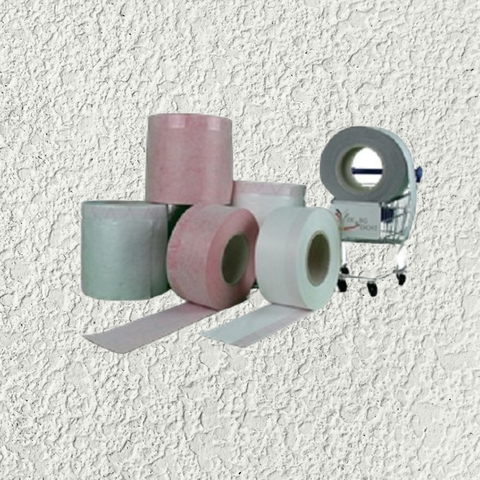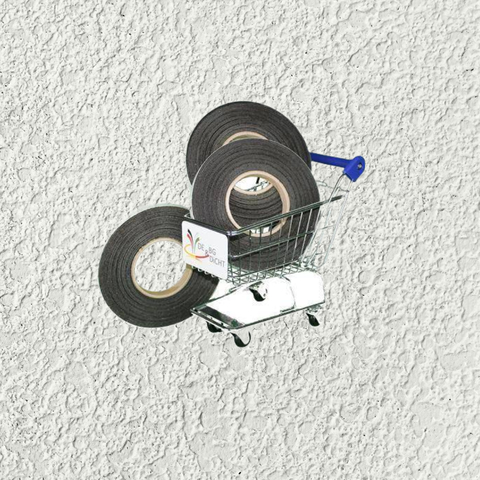Movements from the building and the window construction
A movement joint, expansion joint or dilatation joint is a joint for interrupting building components in order to prevent stress cracks. These cracks occur due to different expansion properties of the materials used (thermal expansion, expansion due to moisture absorption) or load-related changes in length (so-called creep). For the formation of possible stress cracks, see also dilatation. The joint prevents the resulting forces ("constraints") that can lead to damage to building components.
Areas of application
- Bridges: Formation of transition structures to avoid constraining stresses, especially due to thermal expansion.
- Parquet or laminate floors: avoidance of stresses, mainly due to moisture expansion (mostly humidity, but also condensation). This prevents the wood or laminate from cracking or lifting in places.
- Floor coverings such as floor tiles: the edge of the floor of a room against the wall is generally formed as an expansion joint.
- Facing brickwork
If warm room air saturated with moisture can penetrate into the building connection joint, it meets cold building components there. The moisture from the room air then condenses on the surface of the building component due to its lower surface temperature. This effect can also be observed in a drinking vessel filled with chilled beverages.
The diagram below shows how a so-called "blower door test" works. Here, a negative pressure of 50 Pa is generated via a building or room opening by means of a blower. This is used to locate possible leakage points.


